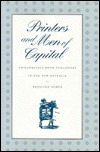
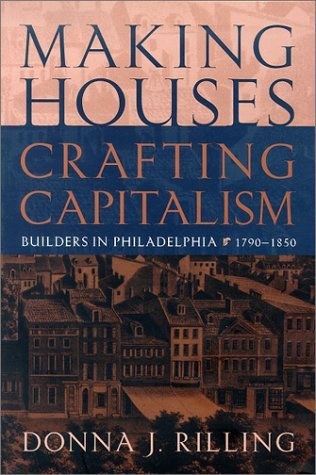
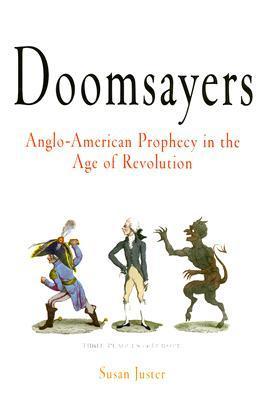
Books in series

Printers and Men of Capital
Philadelphia Book Publishers in the New Republic
1996

Making Houses, Crafting Capitalism
Builders in Philadelphia, 1790-1850
2000

Doomsayers
Anglo-American Prophecy in the Age of Revolution
2003
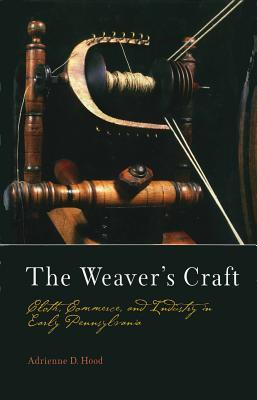
The Weaver's Craft
Cloth, Commerce, and Industry in Early Pennsylvania
2003
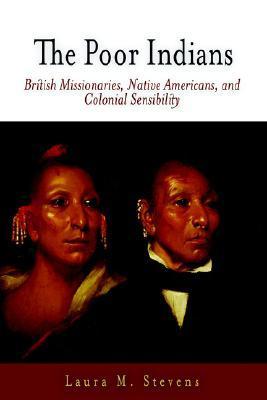
The Poor Indians
British Missionaries, Native Americans, and Colonial Sensibility
2004

Envisioning an English Empire
Jamestown and the Making of the North Atlantic World
2005
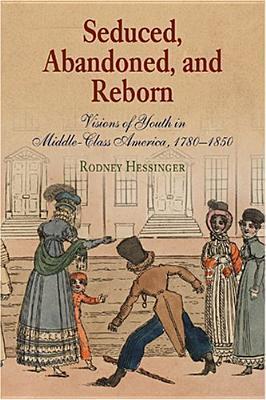
Seduced, Abandoned, and Reborn
Visions of Youth in Middle-Class America, 178-185
2005
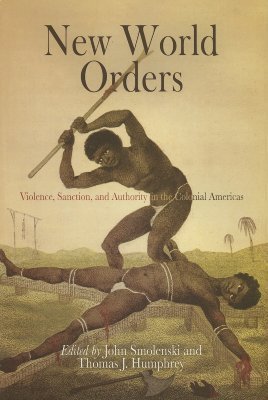
New World Orders
Violence, Sanction, and Authority in the Colonial Americas
2005
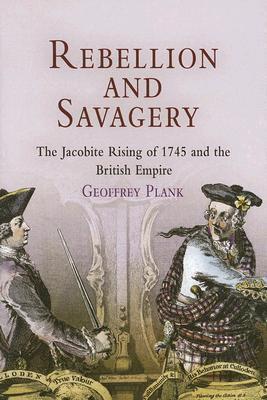
Rebellion and Savagery
The Jacobite Rising of 1745 and the British Empire
2005
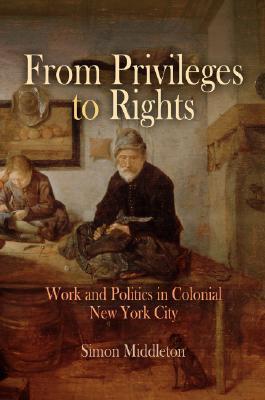
From Privileges to Rights
Work and Politics in Colonial New York City
2006
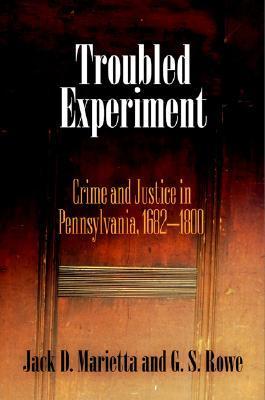
Troubled Experiment
Crime and Justice in Pennsylvania, 1682-1800
2006
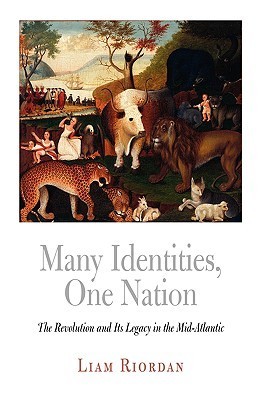
Many Identities, One Nation
The Revolution and Its Legacy in the Mid-Atlantic
2007
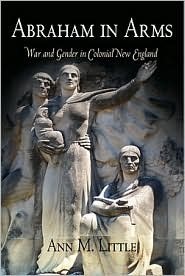
Abraham in Arms
War and Gender in Colonial New England
2006
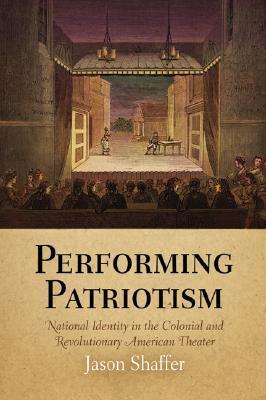
Performing Patriotism
National Identity in the Colonial and Revolutionary American Theater
2007
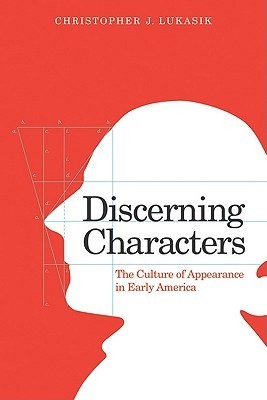
Discerning Characters
The Culture of Appearance in Early America
2010
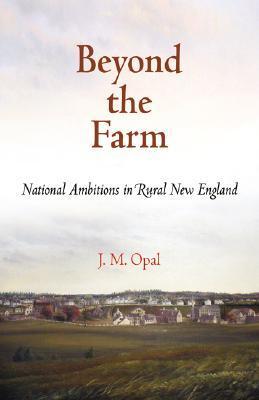
Beyond the Farm
National Ambitions in Rural New England
2008
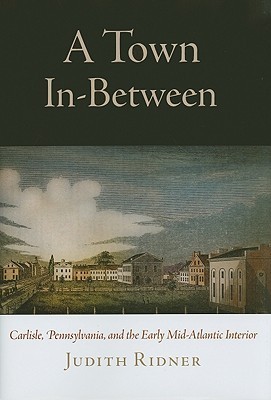
A Town In-Between
Carlisle, Pennsylvania, and the Early Mid-Atlantic Interior
2010
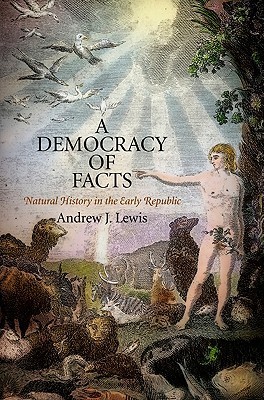
A Democracy of Facts
Natural History in the Early Republic
2011
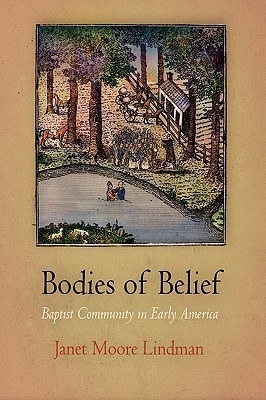
Bodies of Belief
Baptist Community in Early America
2008
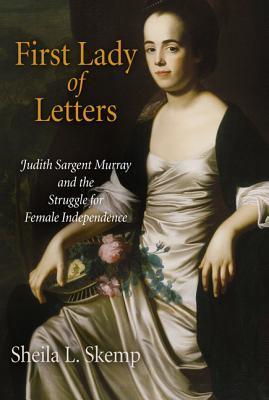
First Lady of Letters
Judith Sargent Murray and the Struggle for Female Independence
2011
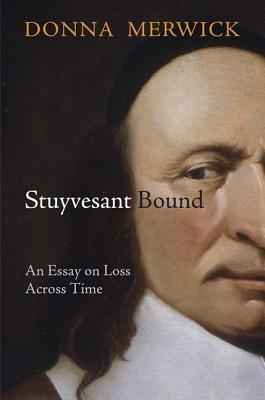
Stuyvesant Bound
An Essay on Loss Across Time
2013

One Family Under God
Love, Belonging, and Authority in Early Transatlantic Methodism
2011

Louisiana
Crossroads of the Atlantic World
2013

John Woolman's Path to the Peaceable Kingdom
A Quaker in the British Empire
2012
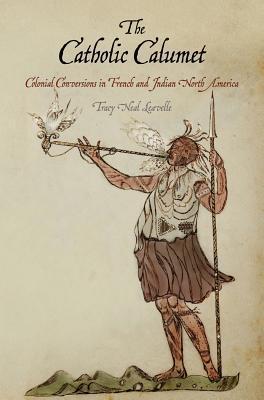
The Catholic Calumet
Colonial Conversions in French and Indian North America
2011
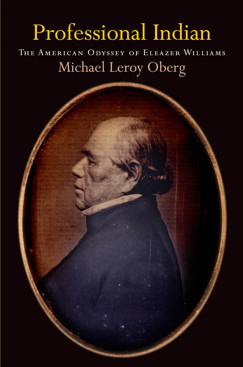
Professional Indian
The American Odyssey of Eleazer Williams
2015
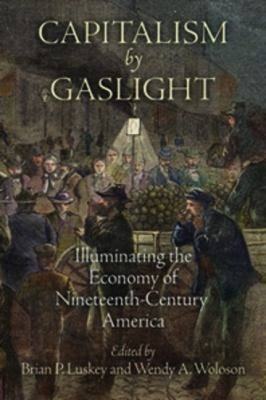
Capitalism by Gaslight
Illuminating the Economy of Nineteenth-Century America
2015
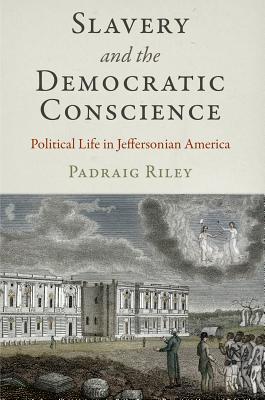
Slavery and the Democratic Conscience
Political Life in Jeffersonian America
2015
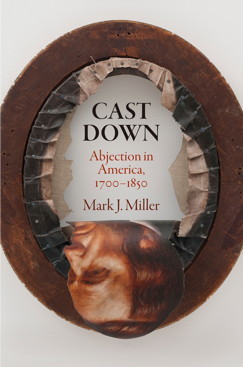
Cast Down
Abjection in America, 1700-1850
2016
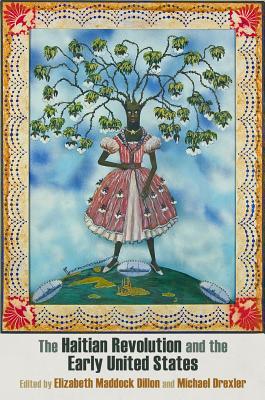
The Haitian Revolution and the Early United States
Histories, Textualities, Geographies
2016
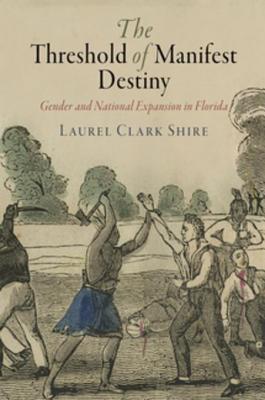
The Threshold of Manifest Destiny
Gender and National Expansion in Florida
2016
Political Gastronomy
Food and Authority in the English Atlantic World
2012

Tea Sets and Tyranny
The Politics of Politeness in Early America
2016
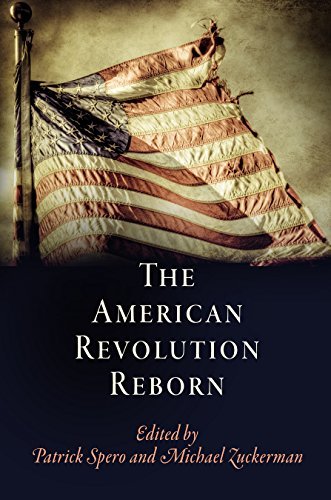
The American Revolution Reborn
2016
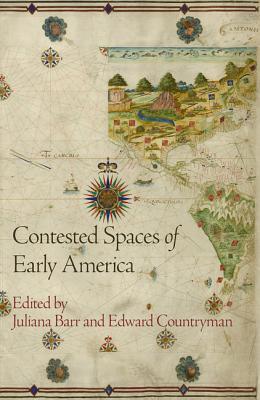
Contested Spaces of Early America
2014
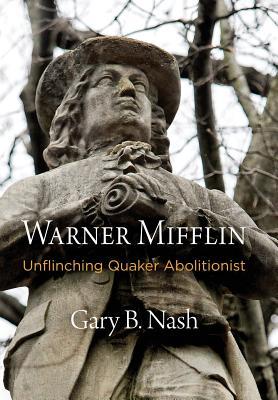
Warner Mifflin
Unflinching Quaker Abolitionist
2017
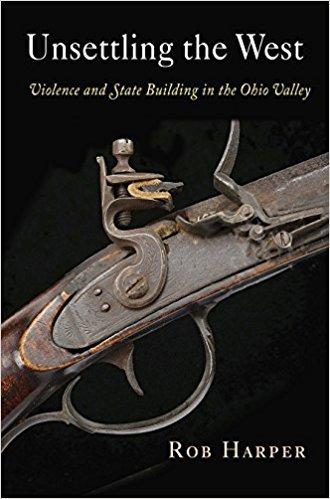
Unsettling the West
Violence and State Building in the Ohio Valley
2017
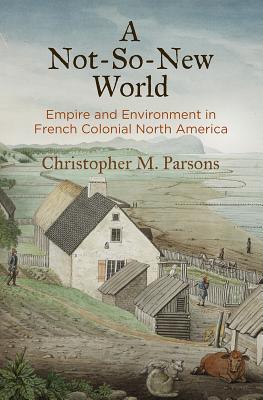
A Not-So-New World
Empire and Environment in French Colonial North America
2018
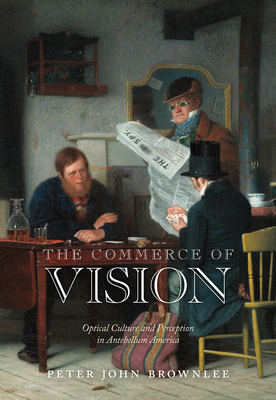
The Commerce of Vision
Optical Culture and Perception in Antebellum America
2018
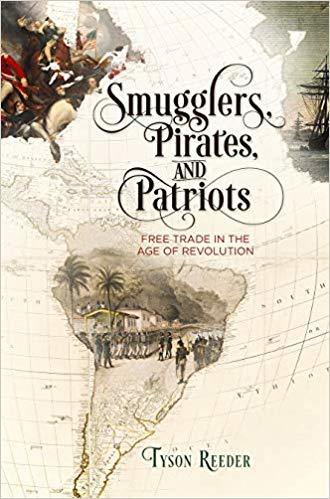
Smugglers, Pirates, and Patriots
Free Trade in the Age of Revolution
2019
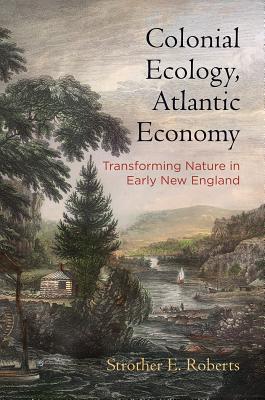
Colonial Ecology, Atlantic Economy
Transforming Nature in Early New England
2019
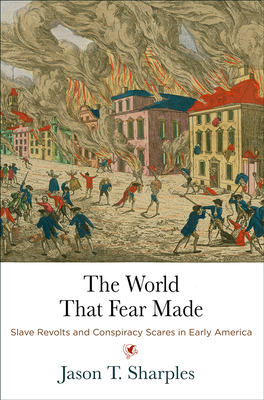
The World That Fear Made
Slave Revolts and Conspiracy Scares in Early America
2020

Historic Real Estate
Market Morality and the Politics of Preservation in the Early United States
2020
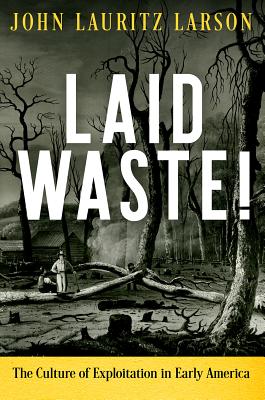
Laid Waste!
The Culture of Exploitation in Early America
2019

Revolutions and Reconstructions
Black Politics in the Long Nineteenth Century
2020
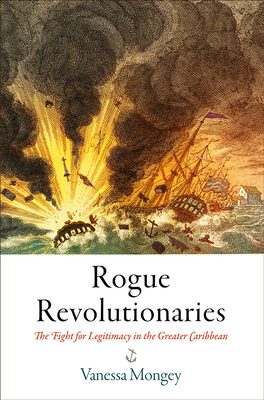
Rogue Revolutionaries
The Fight for Legitimacy in the Greater Caribbean
2020
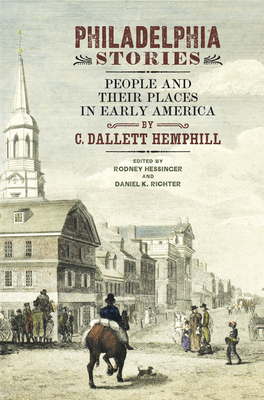
Philadelphia Stories
People and Their Places in Early America
2021
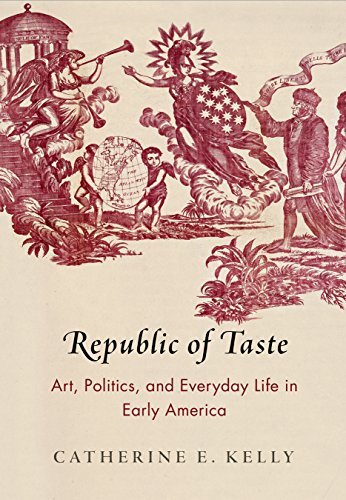
Republic of Taste
Art, Politics, and Everyday Life in Early America
2016
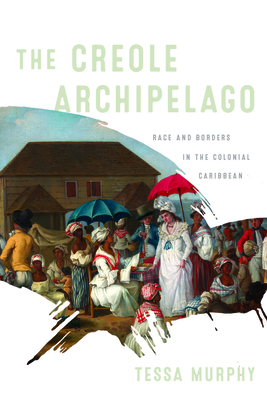
The Creole Archipelago
Race and Borders in the Colonial Caribbean
2021

Women Healers
Gender, Authority, and Medicine in Early Philadelphia
2022

Faith in Exposure
Privacy and Secularism in the Nineteenth-Century United States
2022
Cultivating Empire
Capitalism, Philanthropy, and the Negotiation of American Imperialism in Indian Country
2022
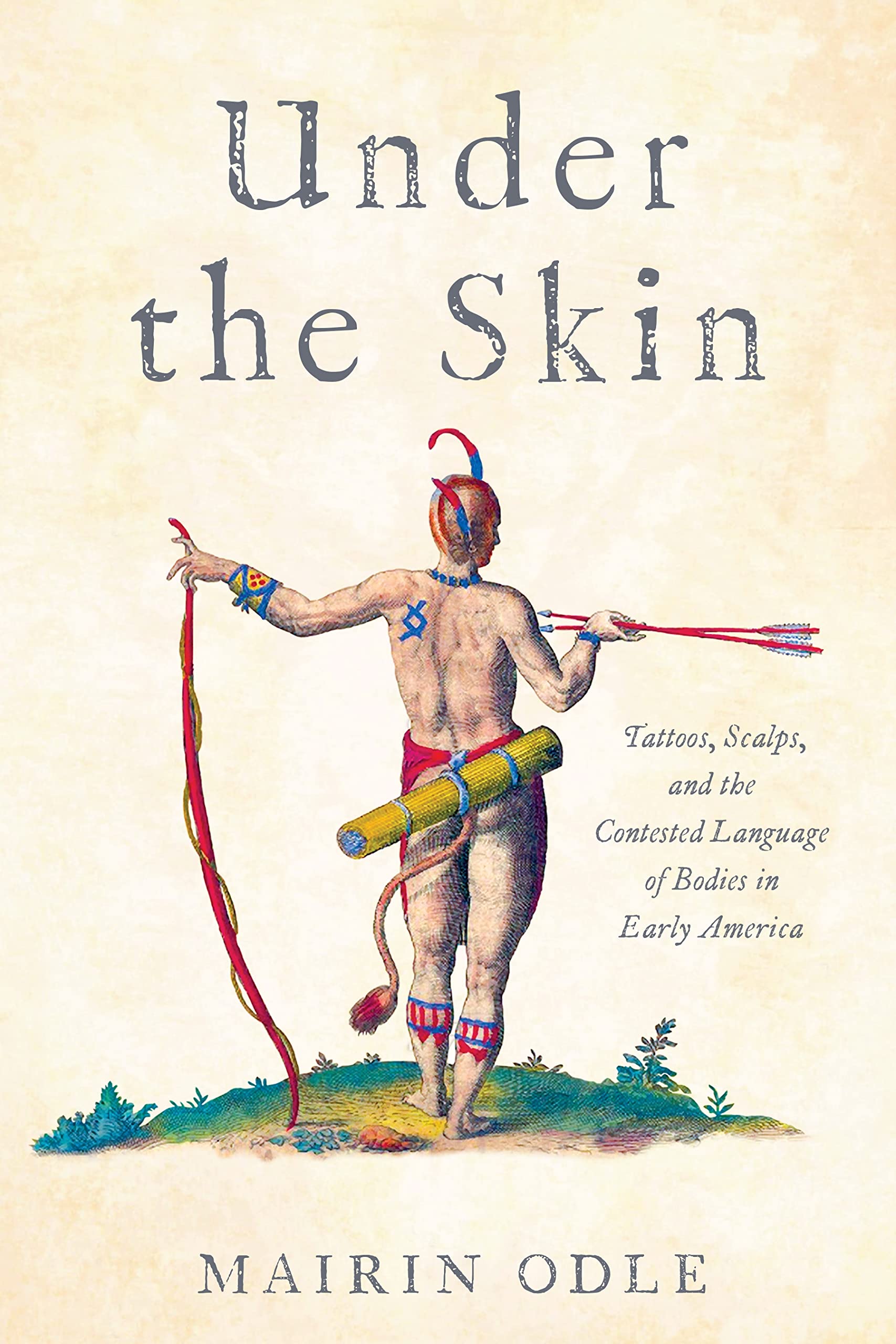
Under the Skin
Tattoos, Scalps, and the Contested Language of Bodies in Early America
2022
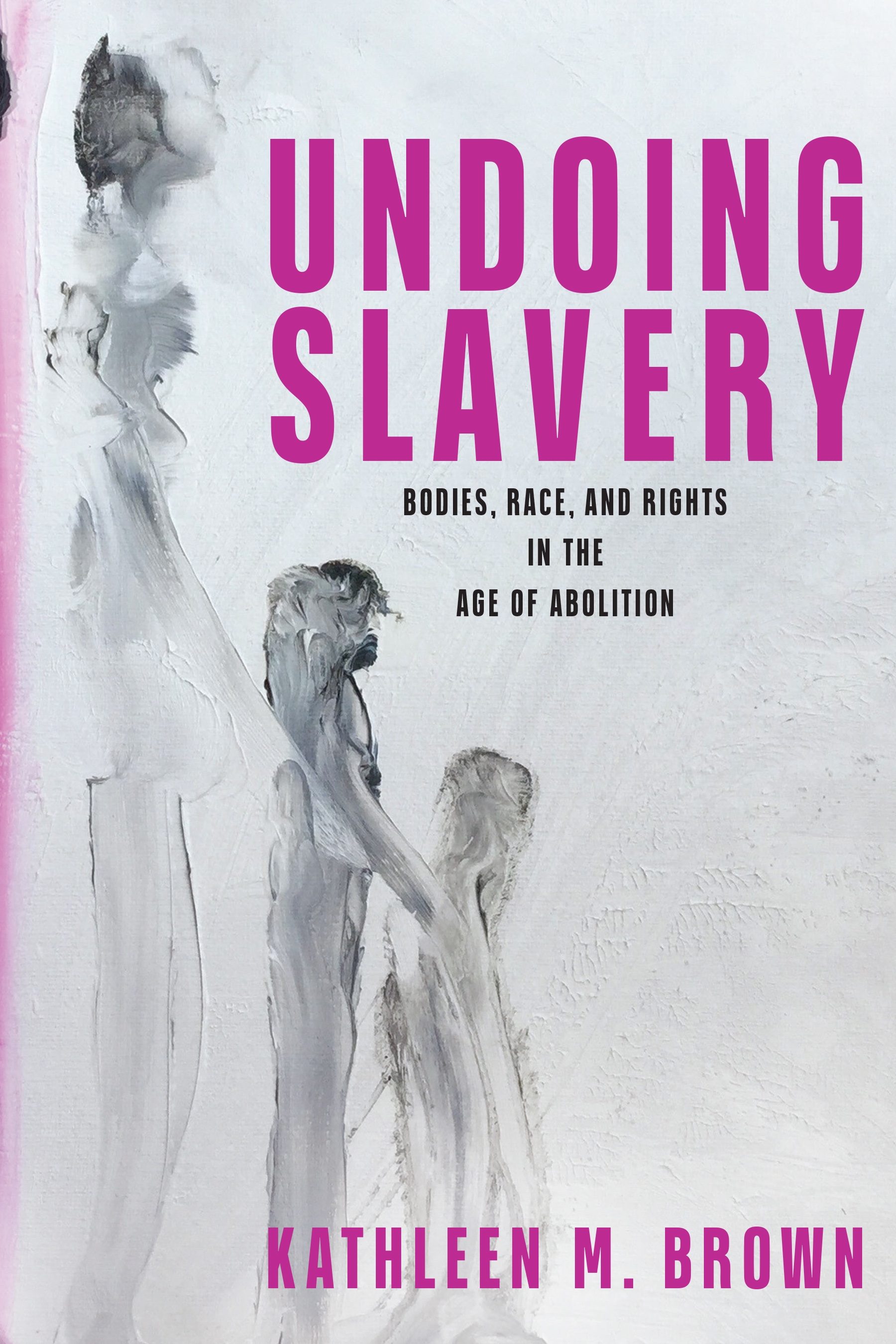
Undoing Slavery
Bodies, Race, and Rights in the Age of Abolition
2023
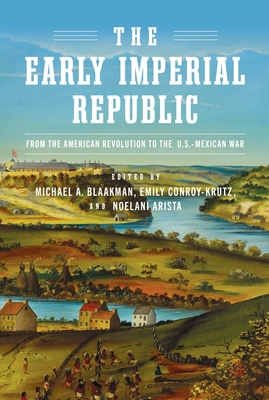
The Early Imperial Republic
From the American Revolution to the U.S.–Mexican War
2023
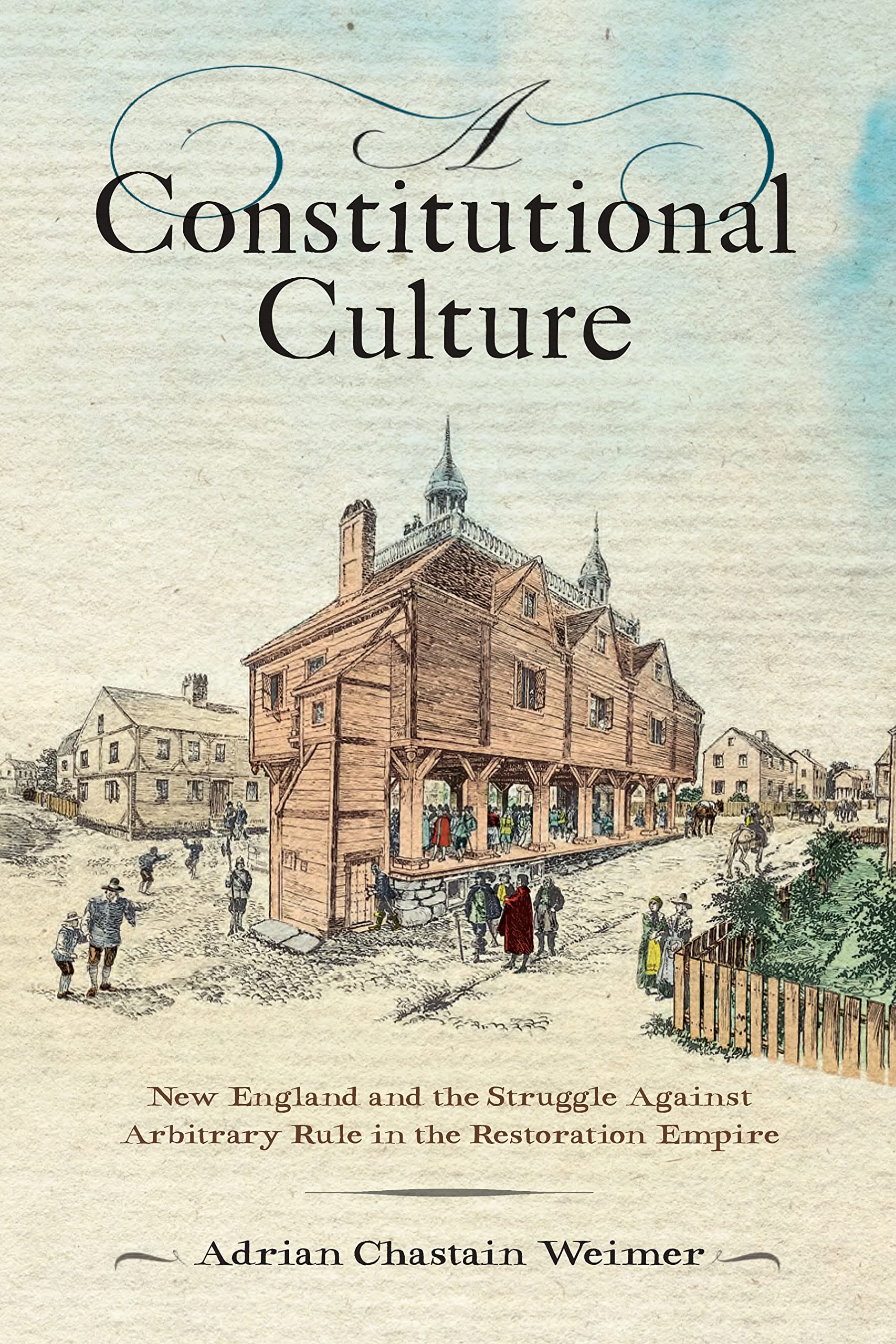
A Constitutional Culture
New England and the Struggle Against Arbitrary Rule in the Restoration Empire
2023

Speculation Nation
Land Mania in the Revolutionary American Republic
2023
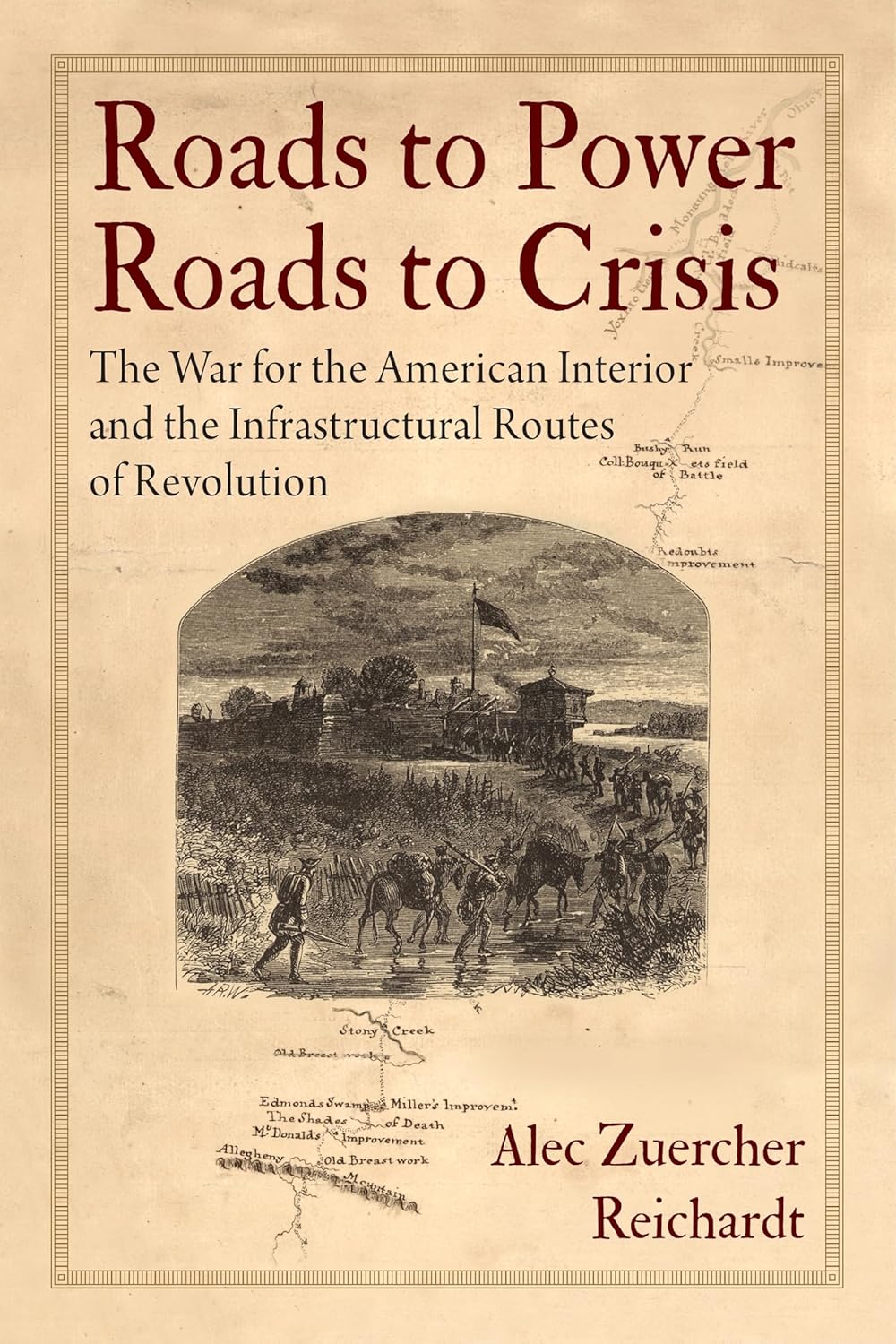
Roads to Power, Roads to Crisis
The War for the American Interior and the Infrastructural Routes of Revolution
2025
Authors


